Bao buns or Chinese steamed buns
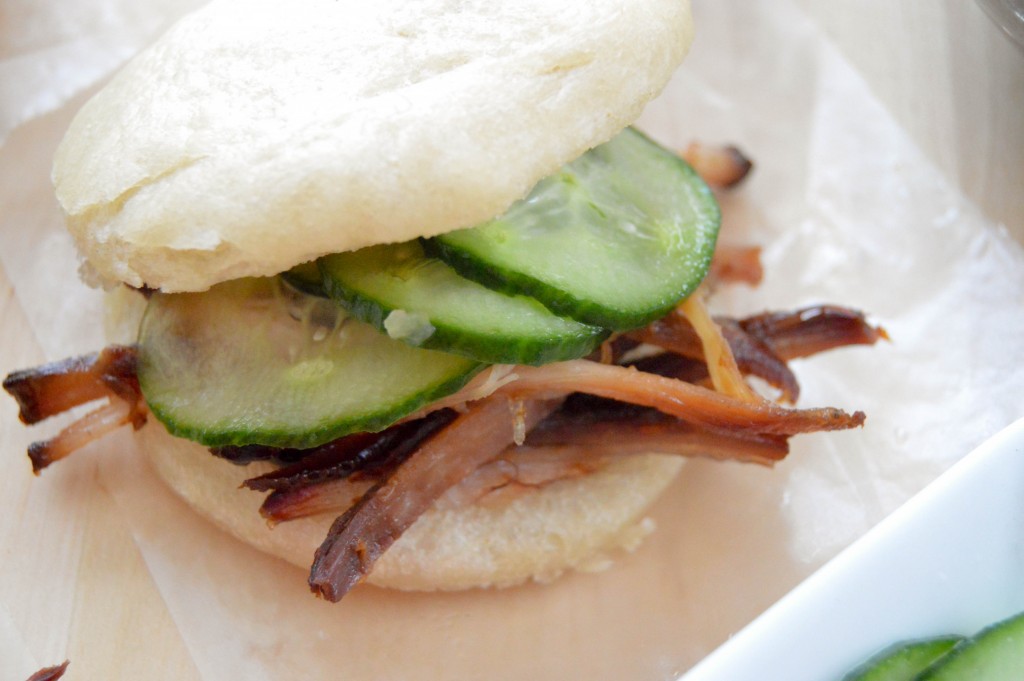
When I was making my Char Sui Pork belly recipe, it came to me, what better to go with it than steamed buns, so looked up some recipes and this is the one that I tried. A baozi or simply known as bao, bau, humbow, nunu, bakpao (Hokkien), bausak, pow, pau or pao (Hakka) is a type of steamed, filled, bun or bread-like (i.e. made with yeast) item in various Chinese cuisines, as there is much variation as to the fillings and the preparations.
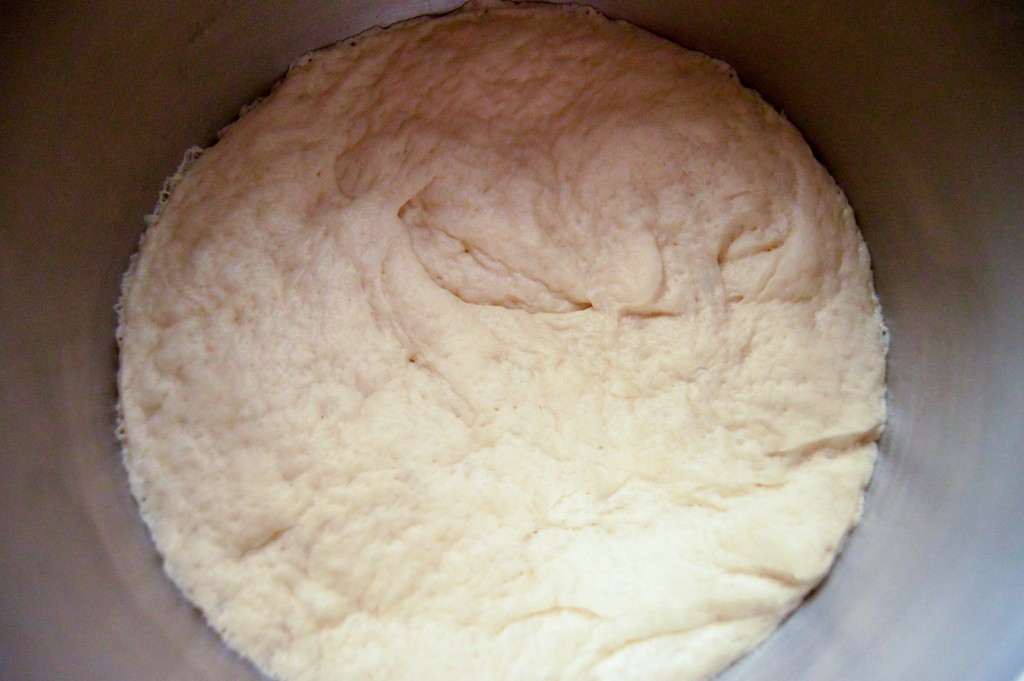
In its bun-like aspect it is very similar to the traditional Chinese mantou. It can be filled with meat and/or vegetarian fillings. In Japanese, the dish is known as “paozu”. Mantou, often referred to as Chinese steamed bun/bread, is a type of cloud-like steamed bread or bun popular in Northern China.
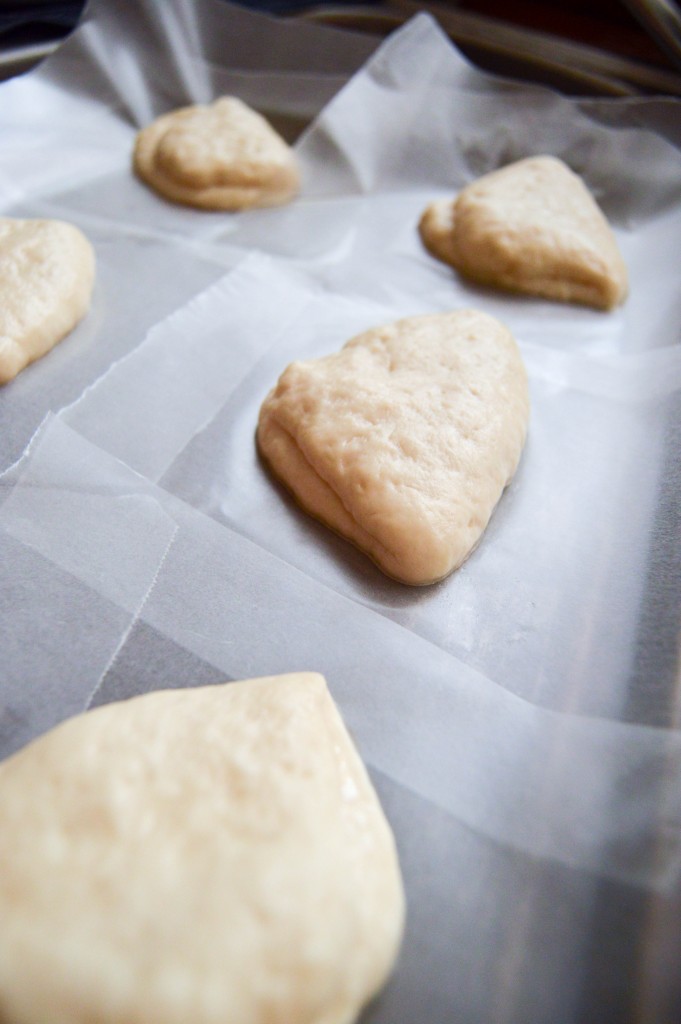
So in fact this recipe will be call Charsiu bau : filled with barbecue-flavored char siu pork; typical of Cantonese cuisine. You can find my Char Sui Pork belly recipe here.
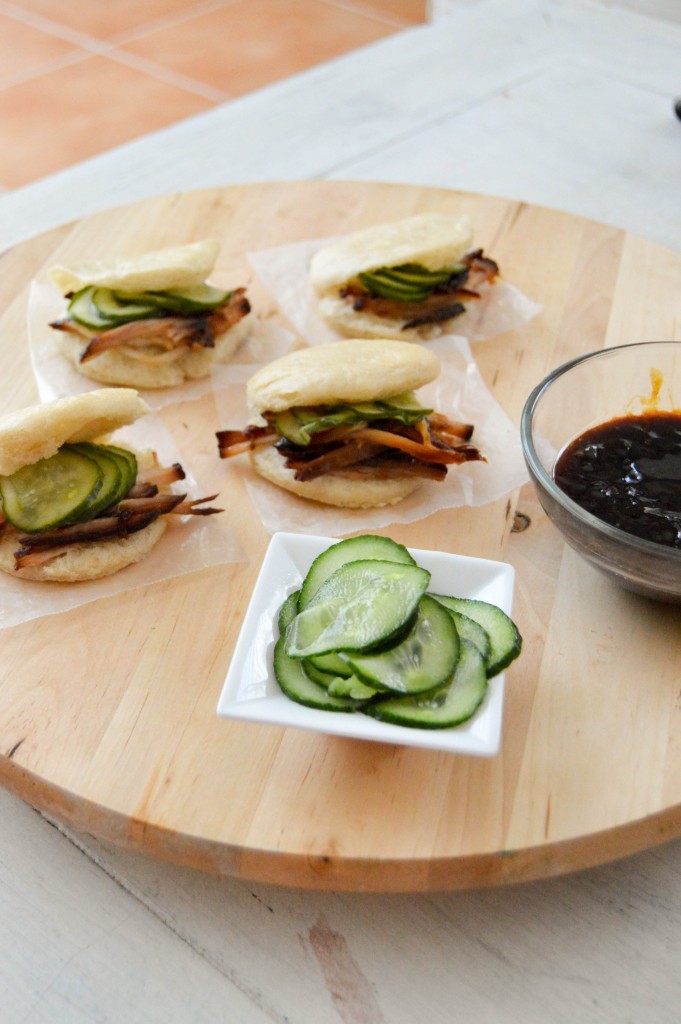
In many Chinese cultures, these buns are a popular food, and widely available. While they can be eaten at any meal, baozi are often eaten for breakfast. They are also popular as a portable snack or meal.
Due to the long history of Chinese immigrants in Malaysia, the Malays have adopted these buns as their own. A particularly Malay form of the baozi (called pau in Malay) is filled with potato curry, chicken curry or beef curry that are similar to the fillings of Malay curry puffs. Some variants have a quail egg in the middle, in addition to the curry. Due to the Muslim beliefs of most Malays, these buns are halal and contain no pork. One can find Malay stalls selling the buns by the roadside, at pasar malams (night markets), highway rest stops, and pasar Ramadans (Ramadan food bazaars).
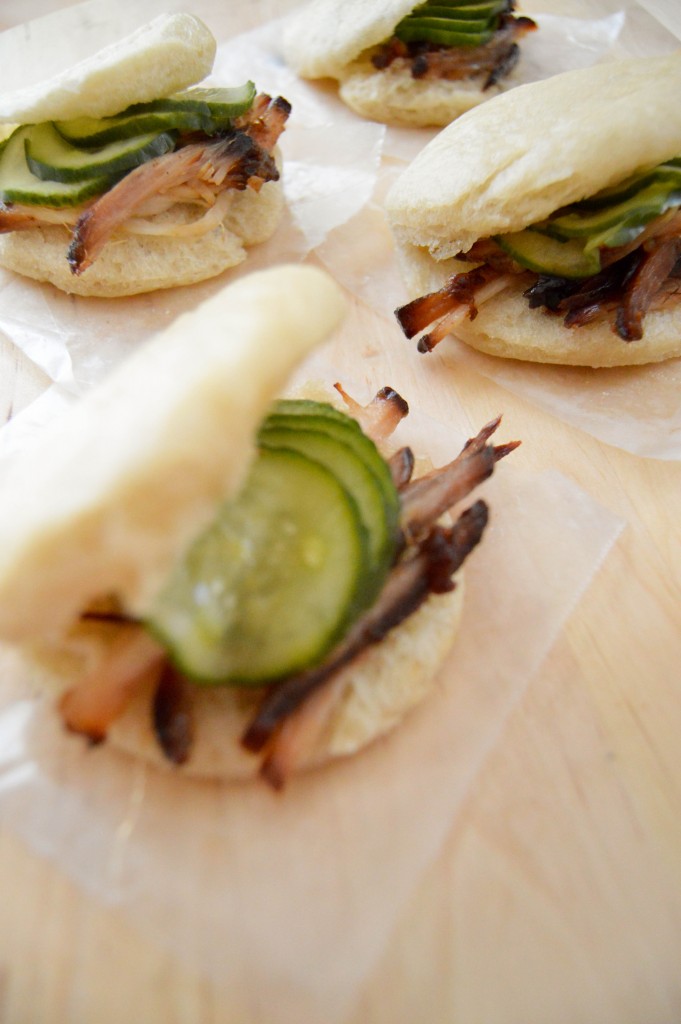
Chinese steamed buns
Ingredients
- 2 cups of all purpose flour
- 1½ tablespoons of sugar
- 1 teaspoon fast-action dried yeast
- ¼ cup of milk
- 1 tablespoons vegetable oil plus extra for greasing and brushing
- 1 tablespoon rice vinegar
- 1 teaspoon baking powder
- ½ teaspoon salt
Instructions
- In a mixer bowl, add the warm water, oil, yeast and sugar. Let sit for 1 minute, until the yeast begins to bubble a bit. Next, add in the flour, baking powder and salt mix with the paddle attachment on low for 2 to 4 minutes. If the dough sticks to the sides of the bowl Add more flour, a tablespoon at a time. Change to a dough hook and knead for 4 to 6 minutes on low speed, until dough is smooth and is not sticking to the sides of the bowl.
- Tip the dough onto a lightly floured work surface and knead for 10-15 minutes, or until smooth. Place in a lightly oiled bowl, cover with a damp cloth and leave to rise for 2 hours or until doubled in size.
- Tip the dough out onto a clean work surface and punch it down. Flatten the dough with your hands, then sprinkle over the baking powder and knead for 5 minutes.
- Roll out the dough into a long sausage shape, about 3 cm thick, then cut into pieces that are about 3cm wide.
- In the palm of your hand, roll each piece of dough into a ball. Use a rolling pin to roll out each ball, into an oval shape about 3-4mm thick. Brush the top with a little cooking oil. Fold over one side of the oval. Place bun on a parchment paper square, transfer the prepared buns to a baking tray lined with baking parchment, cover with a clean tea towel or lightly oiled cling film and leave to prove in a warm place for 1 hour and 30 minutes or until doubled in size.
- Heat a large steamer over a medium-high heat. Steam the buns for 8 minutes until puffed up (you’ll need to do this in batches). Fill with the barbecue pork and pickled cucumbers and cilantro.
Notes
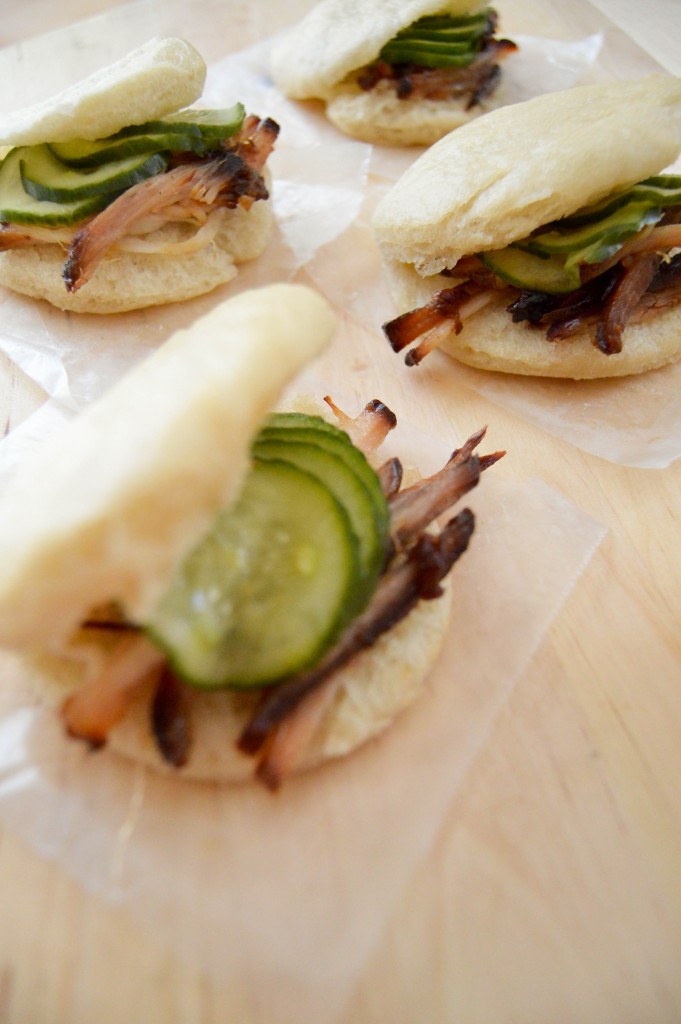
Happy cooking!
Panecillos Bao o Panecillos chinos al vapor
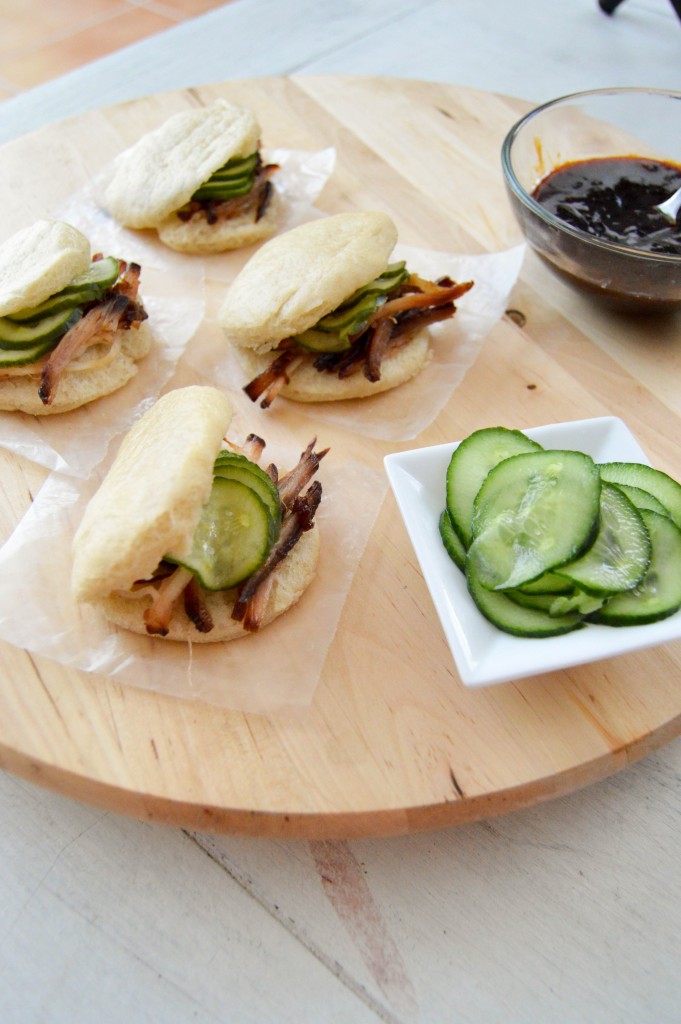
Cuando yo estaba haciendo mi receta de cerdo Char Siu, me pregunté, ¿qué mejor para acompaña mi cerdo que bollos al vapor? , por lo busqué algunas recetas y esta es la que intenté. Un baozi o simplemente conocido como bao, bau, humbow, nunu, bakpao (Hokkien), pau o pao (Hakka) es un tipo de panecillo or bollo al vapor, relleno, muy parecido al pan hecho en varias cocinas chinas (es decir, hecho con levadura), ya que hay mucha variación en cuanto a los rellenos y los preparativos. En su aspecto de panecillo es muy similar al Mantou tradicional chino. Puede ser rellenado con carne y / o vegetales. En japonés, este plato se conoce como “Paozu”. Mantou, a menudo referido como el pan al vapor chino, es un tipo de pan o bollo cocido al vapor popular en el norte de China.
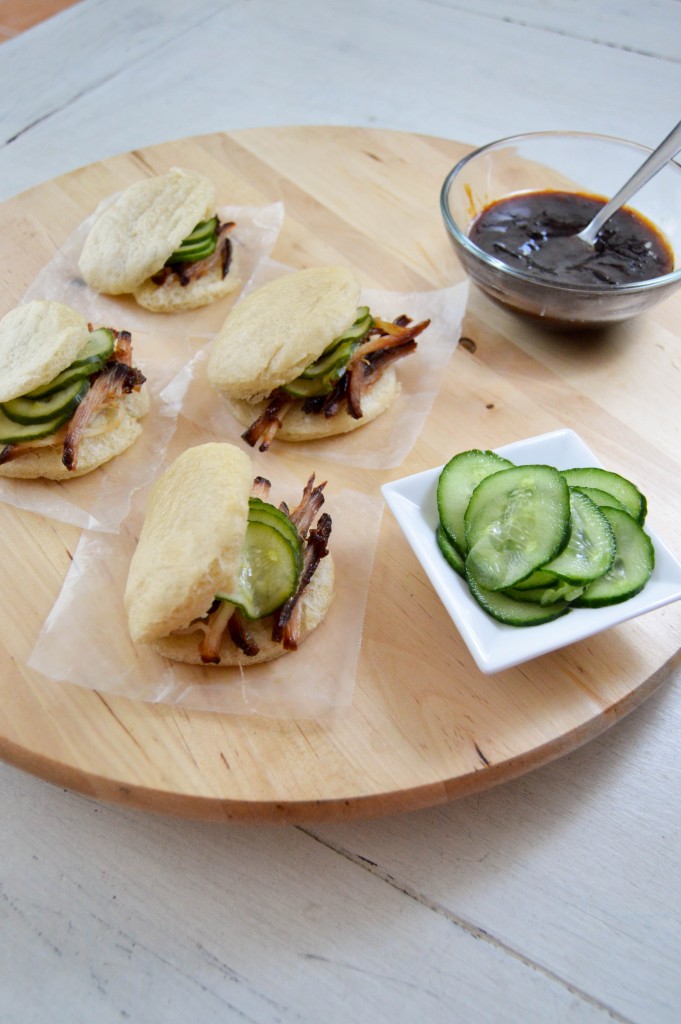
Así que de hecho esta receta se llamaría Charsiu bau: o pan relleno de cerdo a la barbacoa con sabor a char siu; típico de la cocina cantonesa. Usted puede encontrar mi receta de cerdo Char Sui aquí.
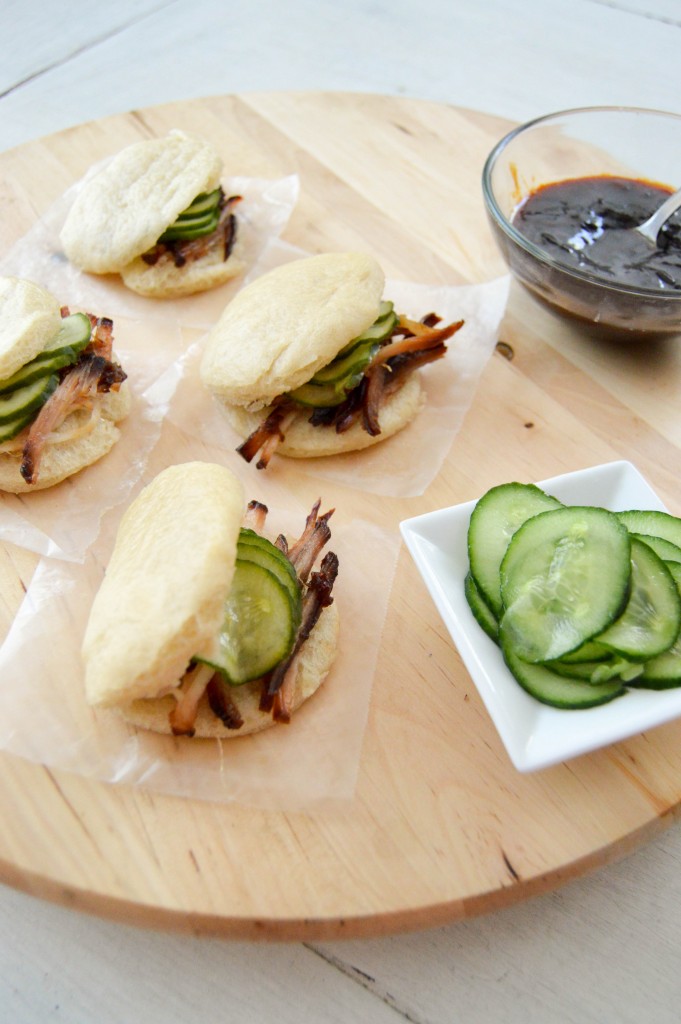
En muchas culturas chinas, estos panecillos son un plato muy popular y ampliamente disponible. Mientras se pueden comer en cualquier comida, los baozi se comen a menudo para el desayuno. También son populares como un bocadillo portátil o comida rápida.
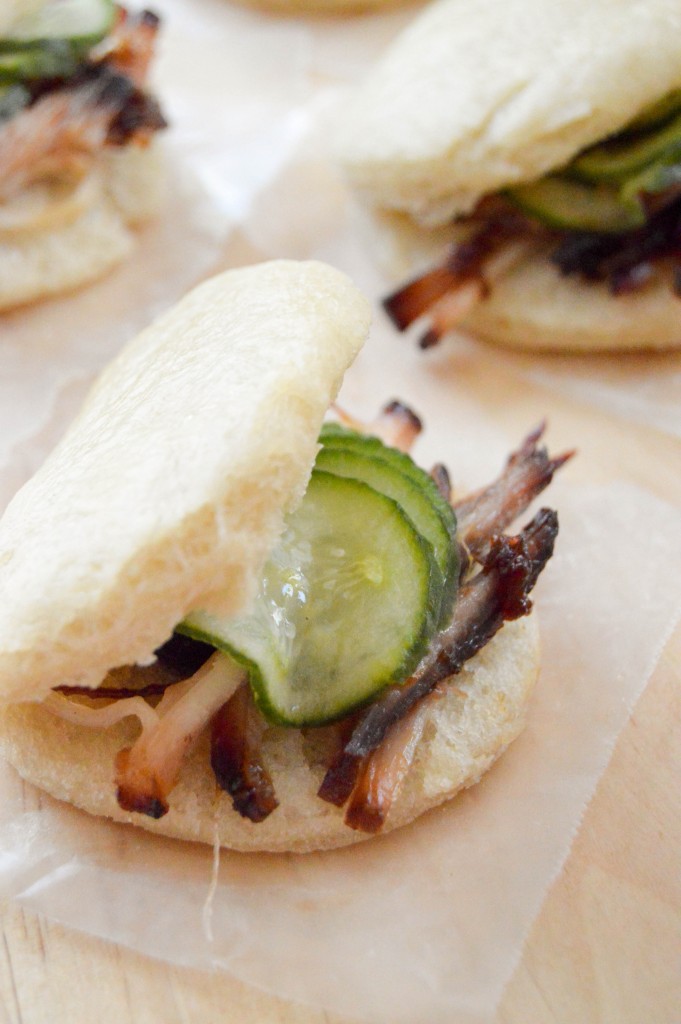
Panecillos Bao o Panecillos chinos al vapor
Ingredients
- 2 tazas de harina para todo uso
- 1 ½ cucharadas de azúcar
- 1 cucharadita de levadura seca de acción rápida
- ¼ de taza de leche
- 1 cucharada de aceite vegetal y un poco más para engrasar y pintar los panecillos
- 1 cucharada de vinagre de arroz
- 1 cucharadita de polvo para hornear
- ½ cucharadita de sal
Instructions
- En un tazón, añadir el agua caliente, el aceite, la levadura y el azúcar. Deje reposar durante 1 minuto, hasta que la levadura comience a hacer burbujas. A continuación, añadir harina, polvo de hornear y la sal con el mezclador de paleta mezclar durante 2 a 4 minutos a baja velocidad. Si la masa se pega a los lados del tazón añadir más harina, una cucharada a la vez. Cambie a un gancho de masa y amasar durante 4 a 6 minutos a baja velocidad, hasta que la masa esté suave y no se pegue a los lados del tazón.
- Voltee la masa sobre una superficie ligeramente enharinada y amasar durante 10-15 minutos, o hasta que esté suave. Colocar en un bol ligeramente aceitado, cubrir con un paño húmedo y dejar reposar durante 2 horas o hasta que doble su tamaño.
- Voltee la masa sobre una superficie de trabajo limpia y golpear hacia abajo. Aplanar la masa con las manos y luego espolvorear el polvo de hornear y amasar durante 5 minutos.
- Estirar la masa en forma de salchicha larga, de unos 3 cm de espesor, luego se corta en piezas que son unos 3 cm de ancho.
- En la palma de tu mano, rodar cada pieza de masa en una bola. Use un rodillo para lanzar cada bola, en una forma oval alrededor de 3-4 mm de espesor. Cepille la parte superior con un poco de aceite de cocina. Plegar sobre un lado del óvalo. Coloque bollo en un cuadrado de papel de pergamino, transferir los bollos preparados a una bandeja para hornear forrada con papel de horno, cubrir con un paño de cocina limpio o papel film ligeramente engrasado y dejar de probar en un lugar cálido durante 1 hora y 30 minutos o hasta que doble su tamaño.
- Calentar un gran barco de vapor a fuego medio-alto. Vapor los bollos durante 8 minutos hasta hinchado (que tendrás que hacer esto en lotes). Rellenar con la carne de cerdo barbacoa y pepinos en vinagre y el cilantro.
Notes
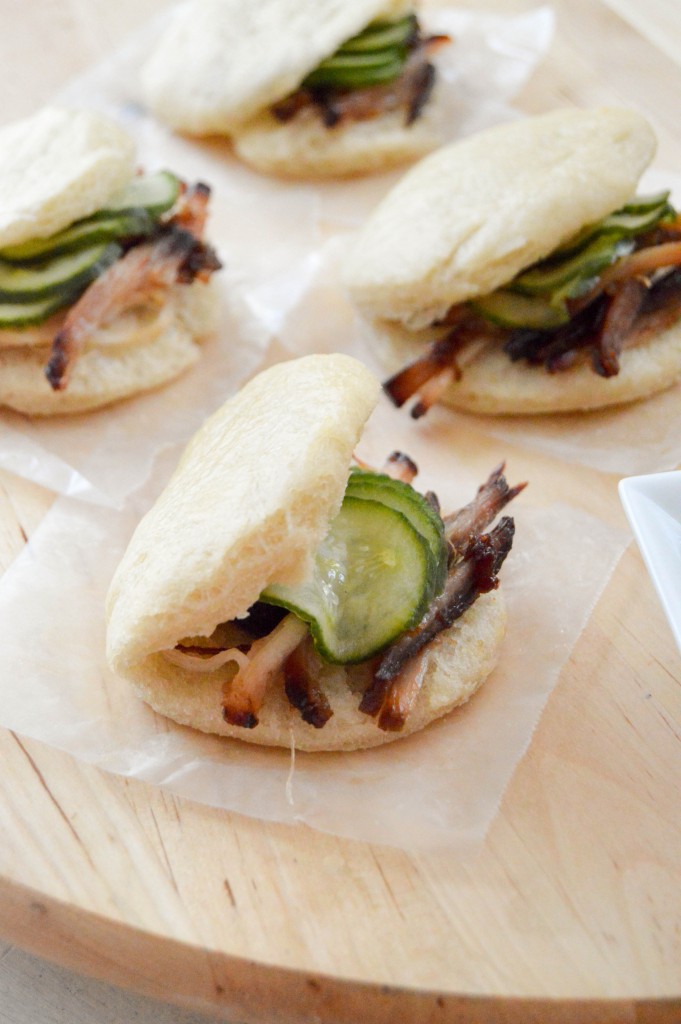
Debido a la larga historia de los inmigrantes chinos en Malasia, los malayos han adoptado estos bollos como propios. Una forma particularmente malaya del baozi (llamado pau en malayo) está relleno de un curry de papas, pollo al curry o curry de carne que son similares a los rellenos de bocadillos de curry malayo.
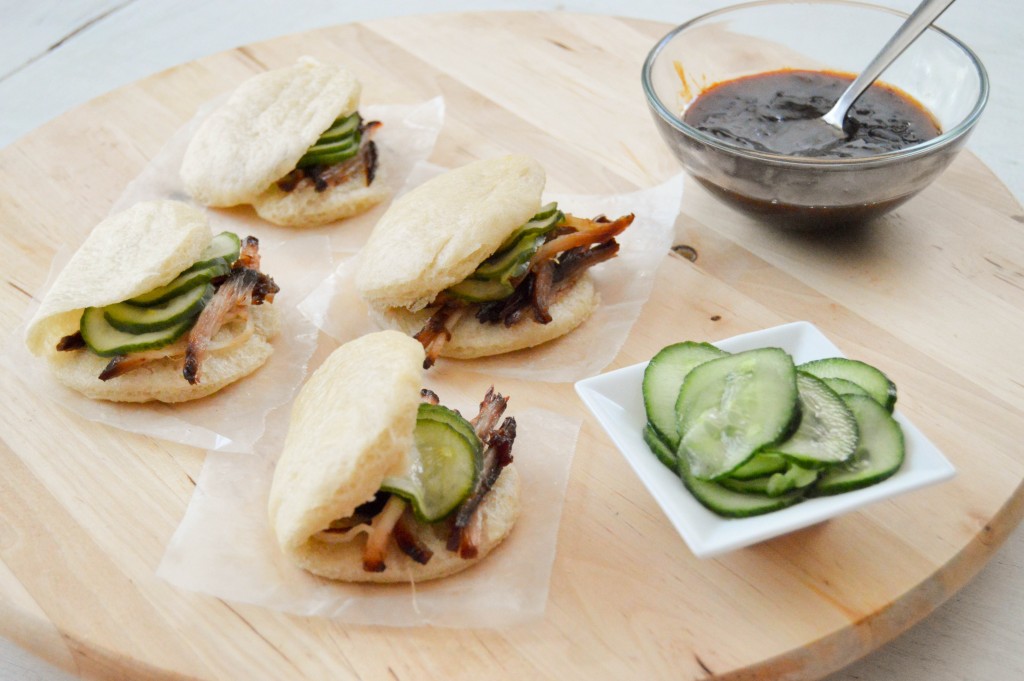
Algunas variantes tienen un huevo de codorniz en el medio, además del curry. Debido a las creencias musulmanas de la mayoría de los malayos, estos bollos son halal y no contienen carne de cerdo. Uno puede encontrar puestos malayos que venden los bollos al borde de la carretera, o en “Pasar malams” (mercados de noche), en paradas en carreteras y “Pasar Ramadán” (bazares de comida de Ramadán).
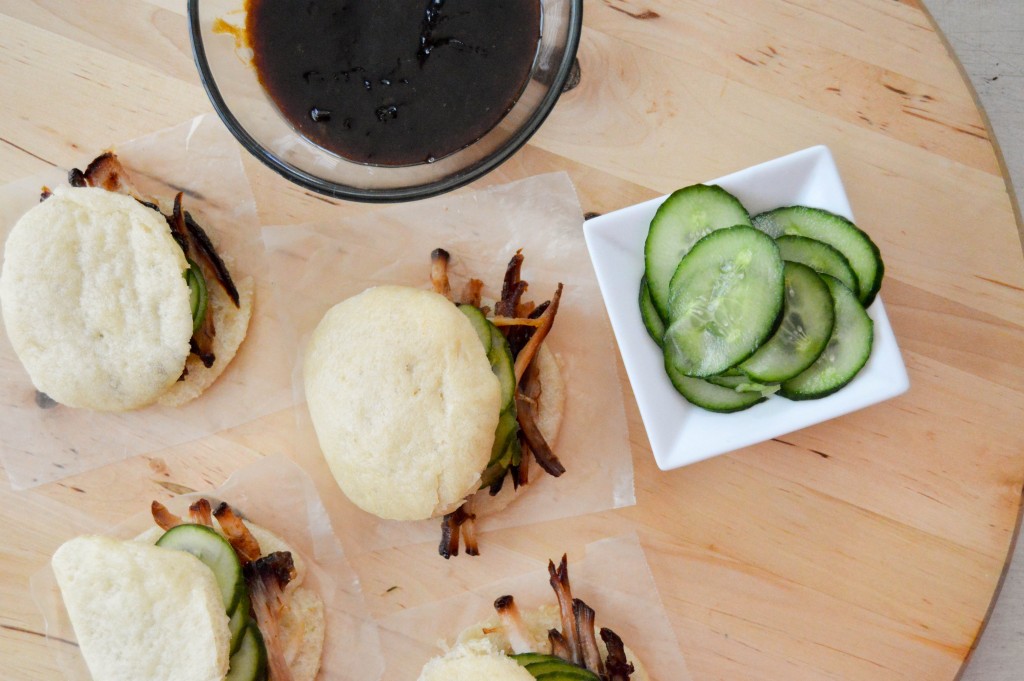
Sean felices cocinando!




4 thoughts on “Bao buns or Chinese steamed buns”
Oh no you did not!!! This is one of my favorite sandwiches in the world! Love it!! Thanks for sharing this bun recipe so now I can make my own 🙂
Well yes I did! I mean I made them the same day I made the pork belly recipe! so good! and apart the waiting time the stand up mixer did most of the hard work! ;-P
These look really wonderful, but I’ll need to taste about 15-20 of them just to make sure. 😉 I’ll forward you my shipping address!
Hehehe I totally know what you mean, when you said 15-20, just to make sure!Thank you for stopping by.